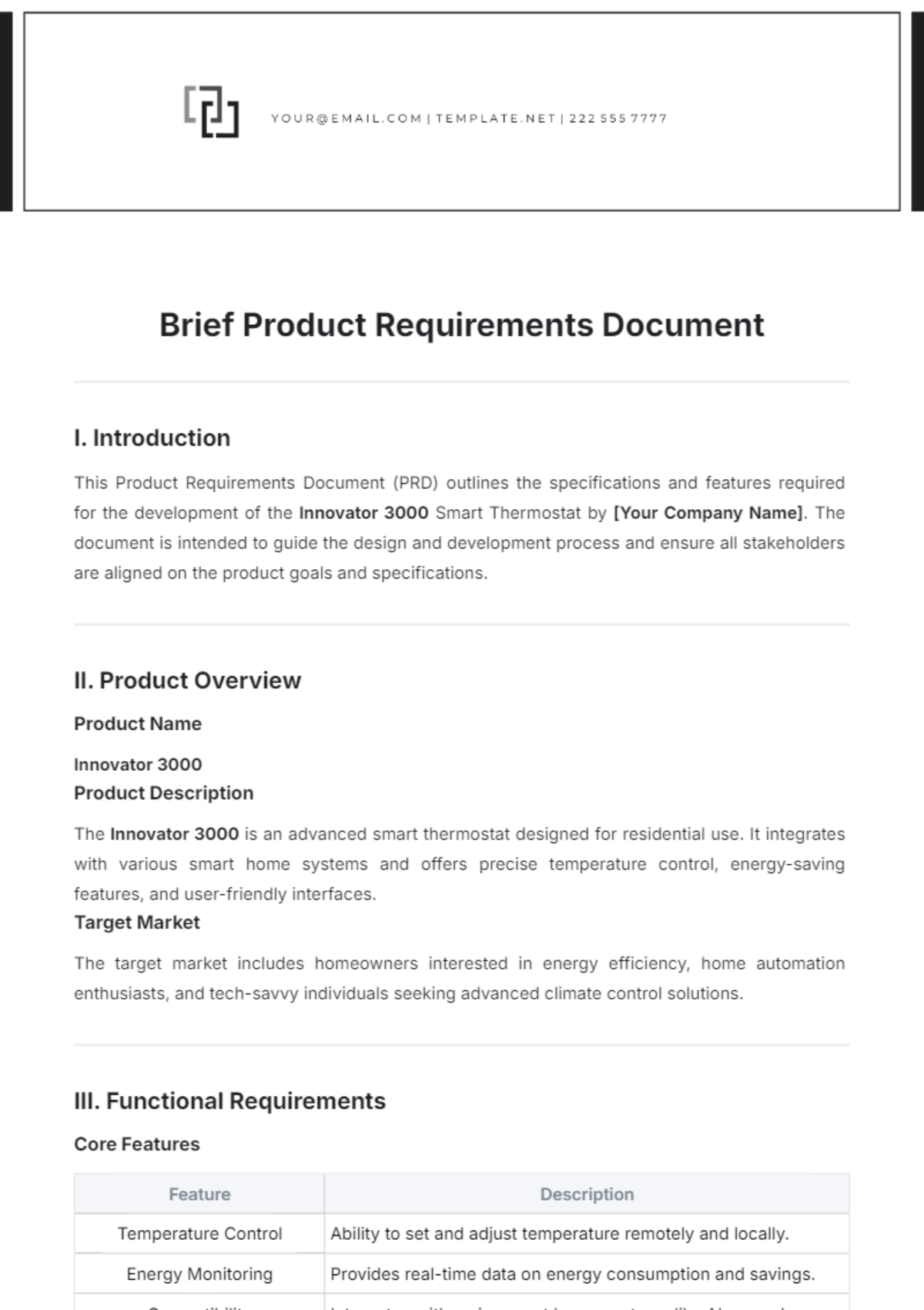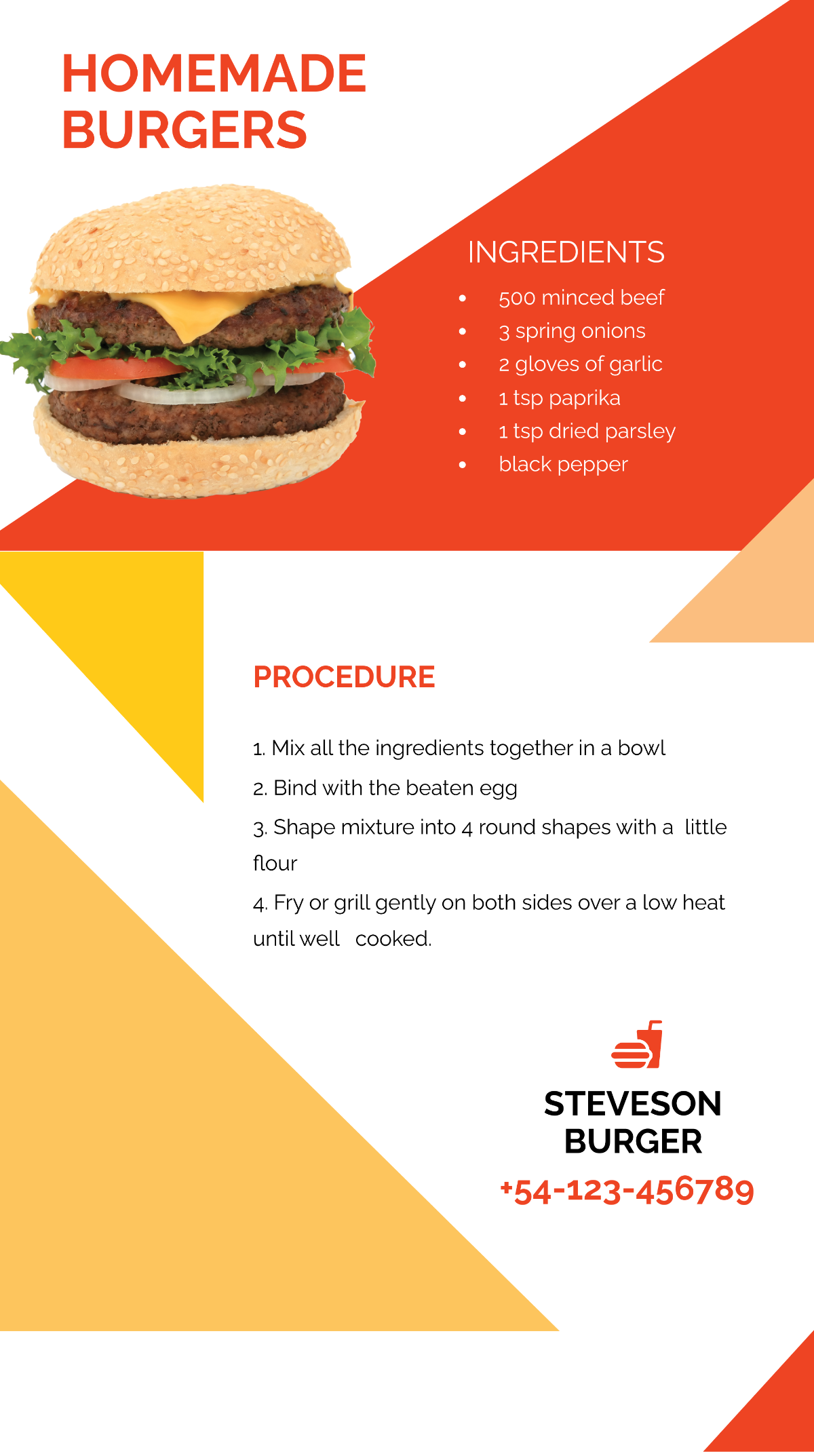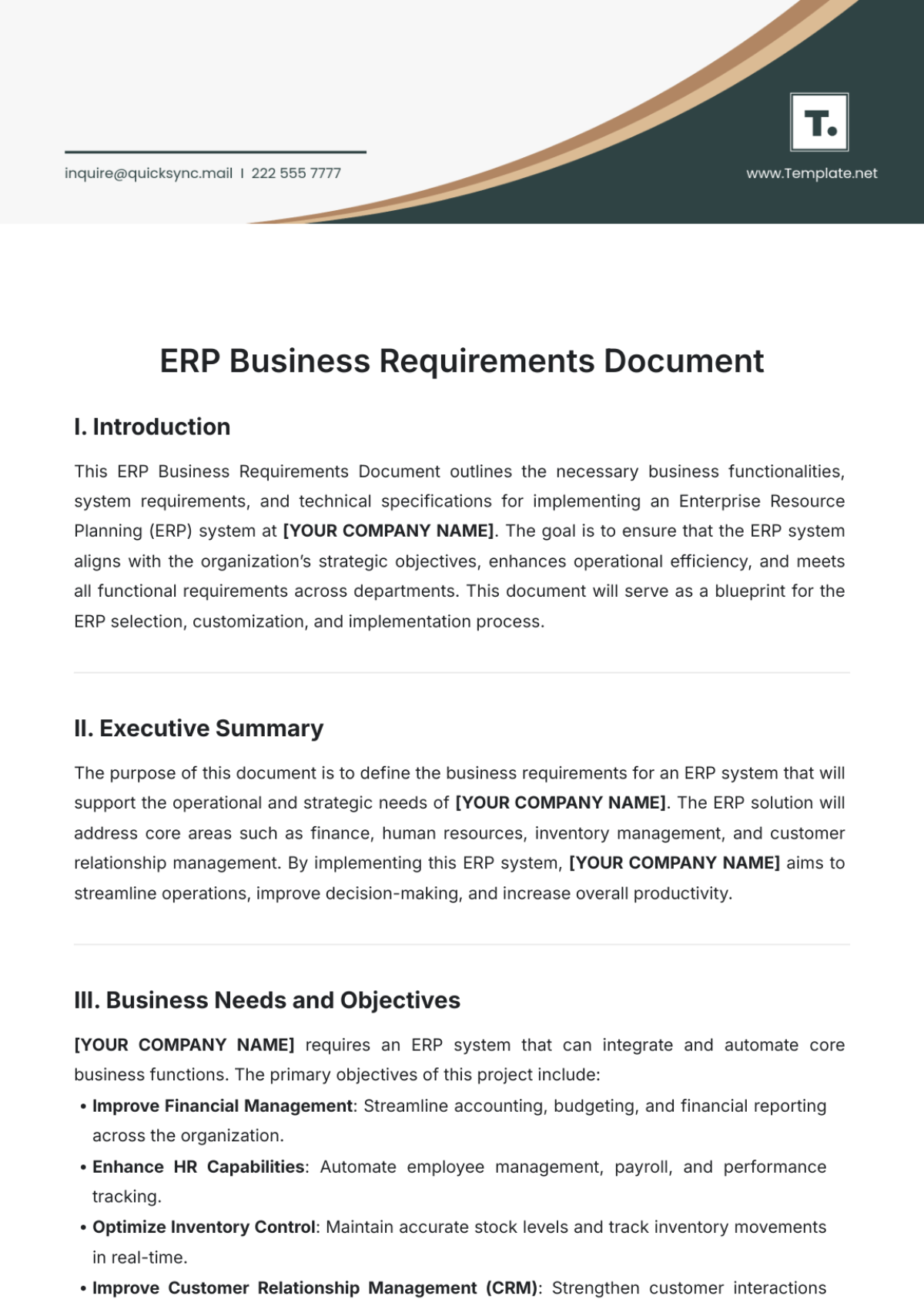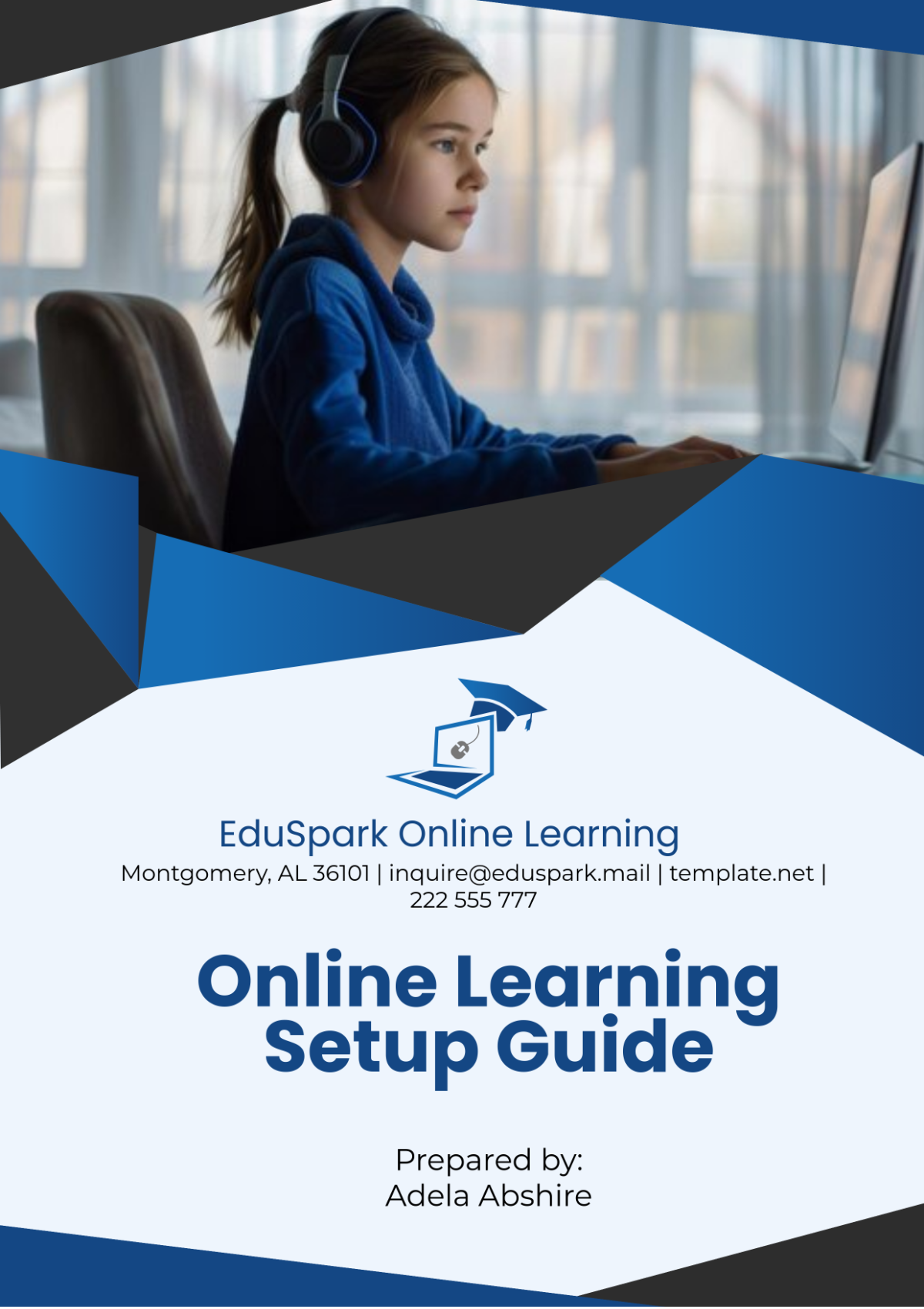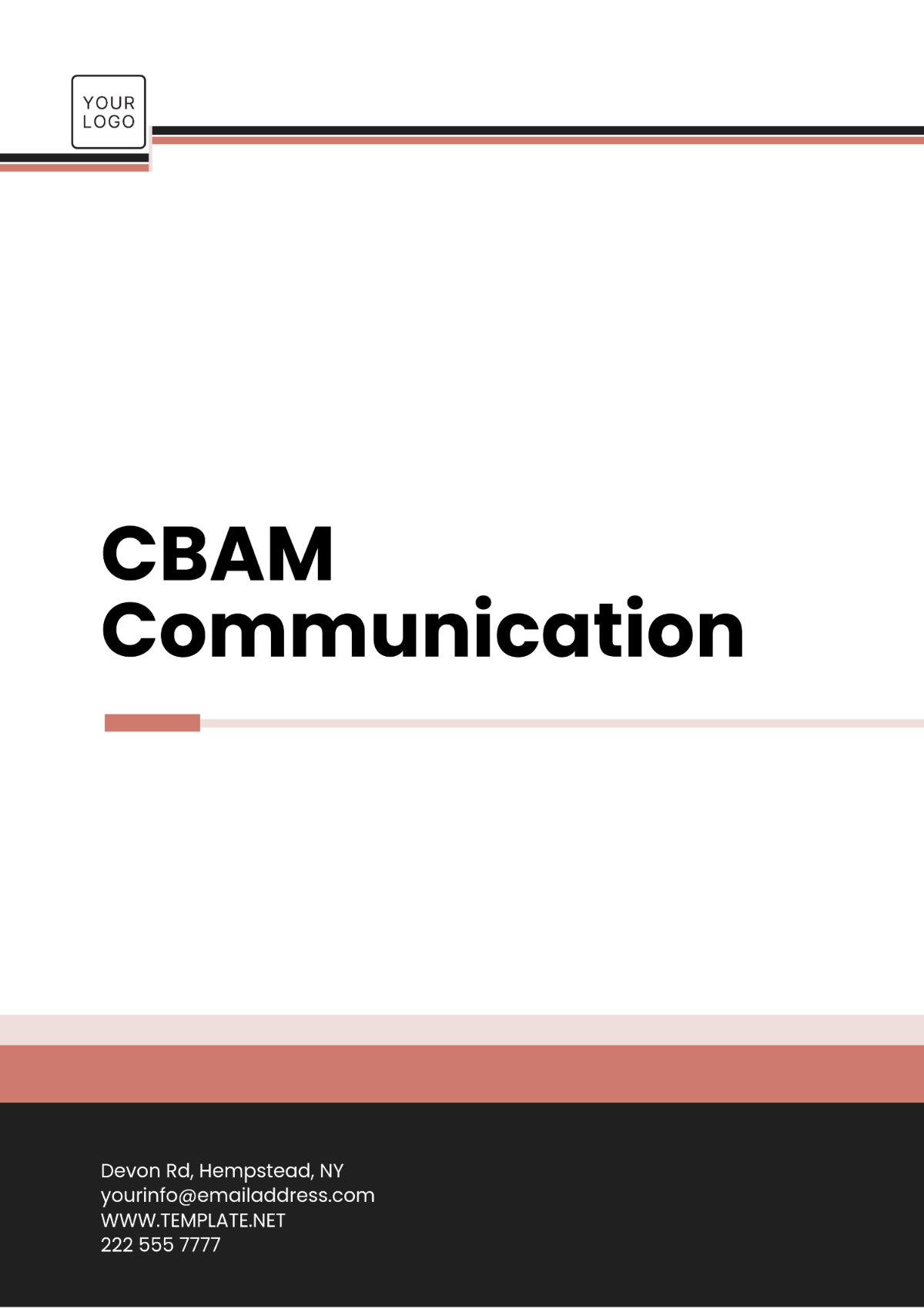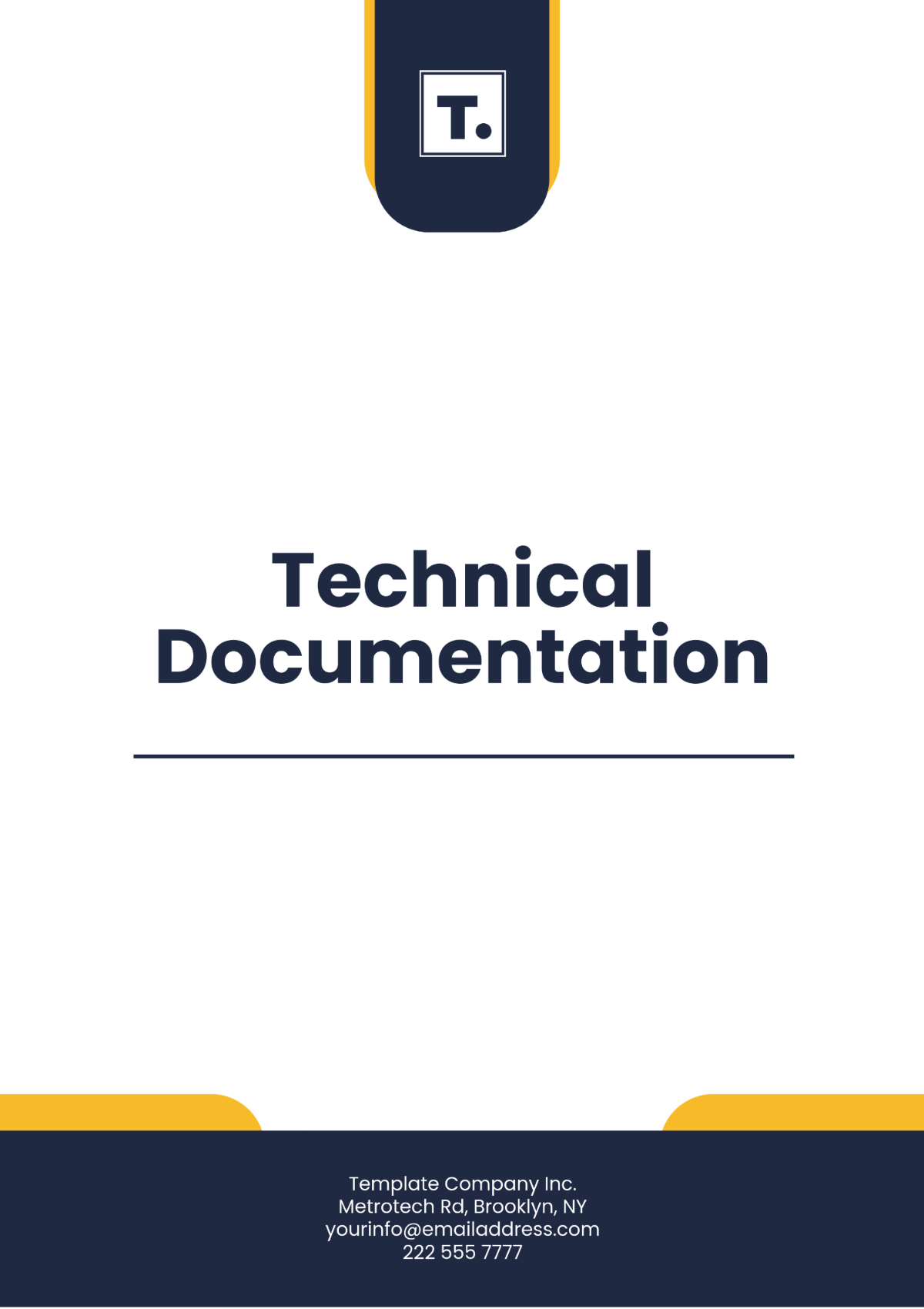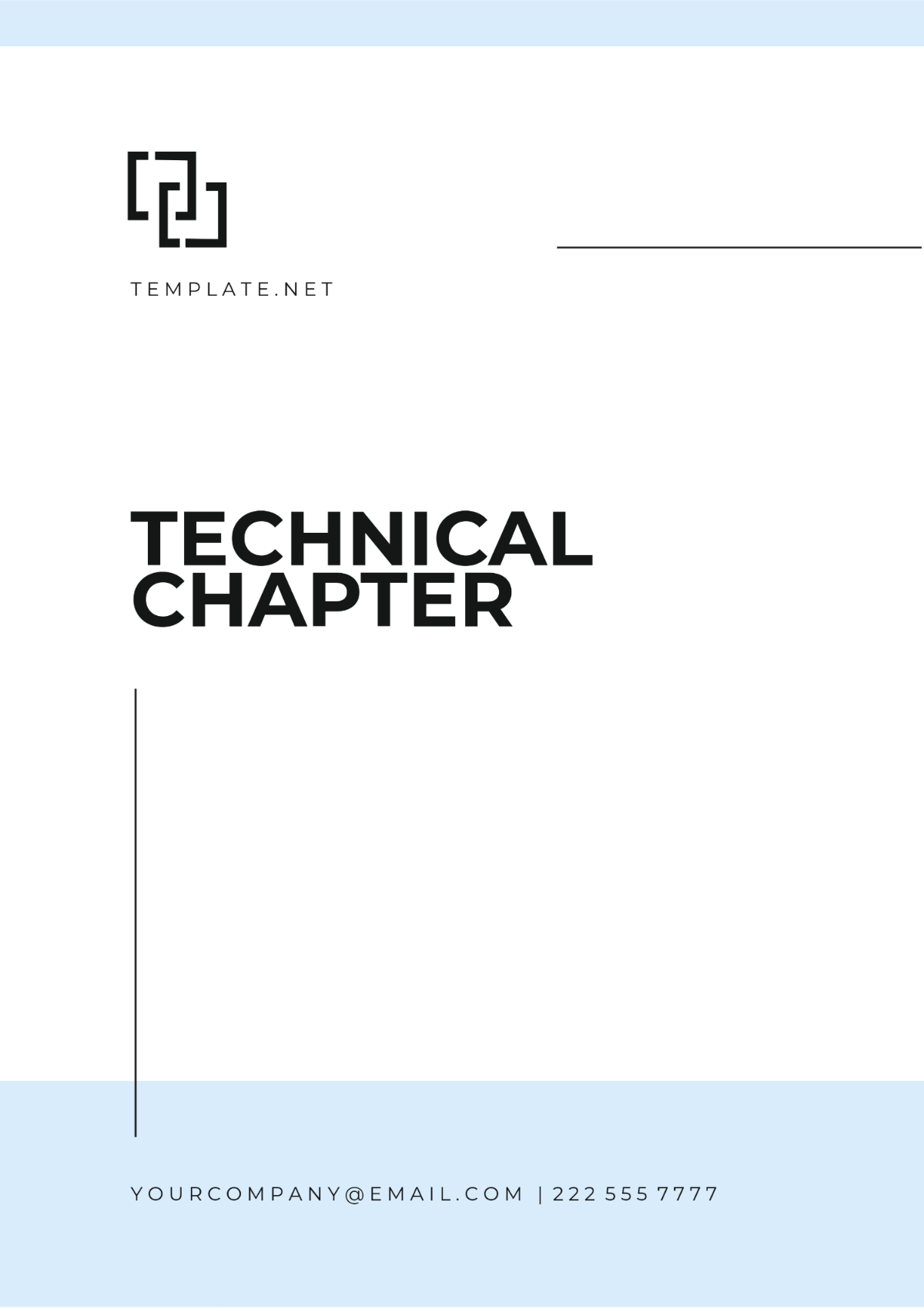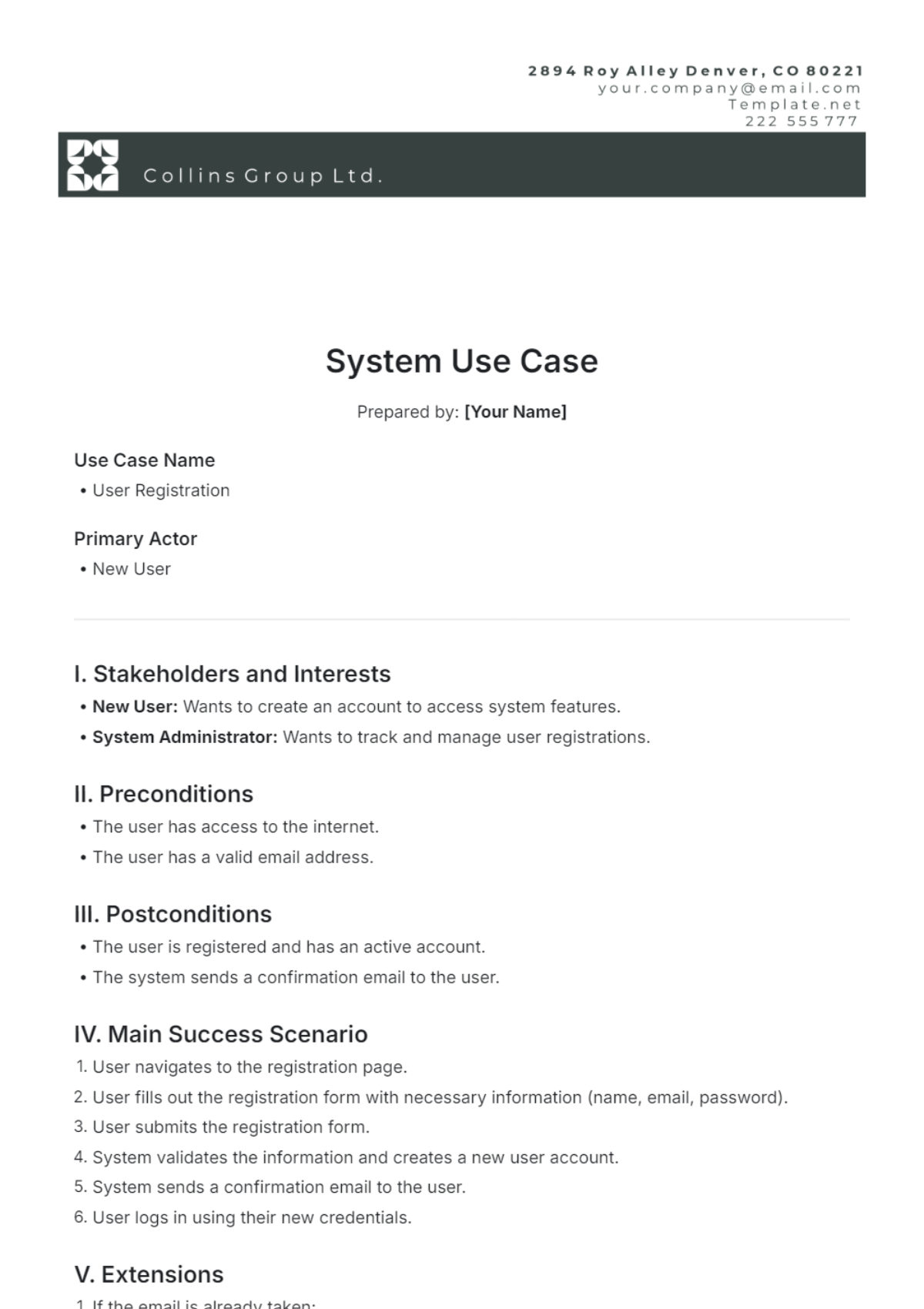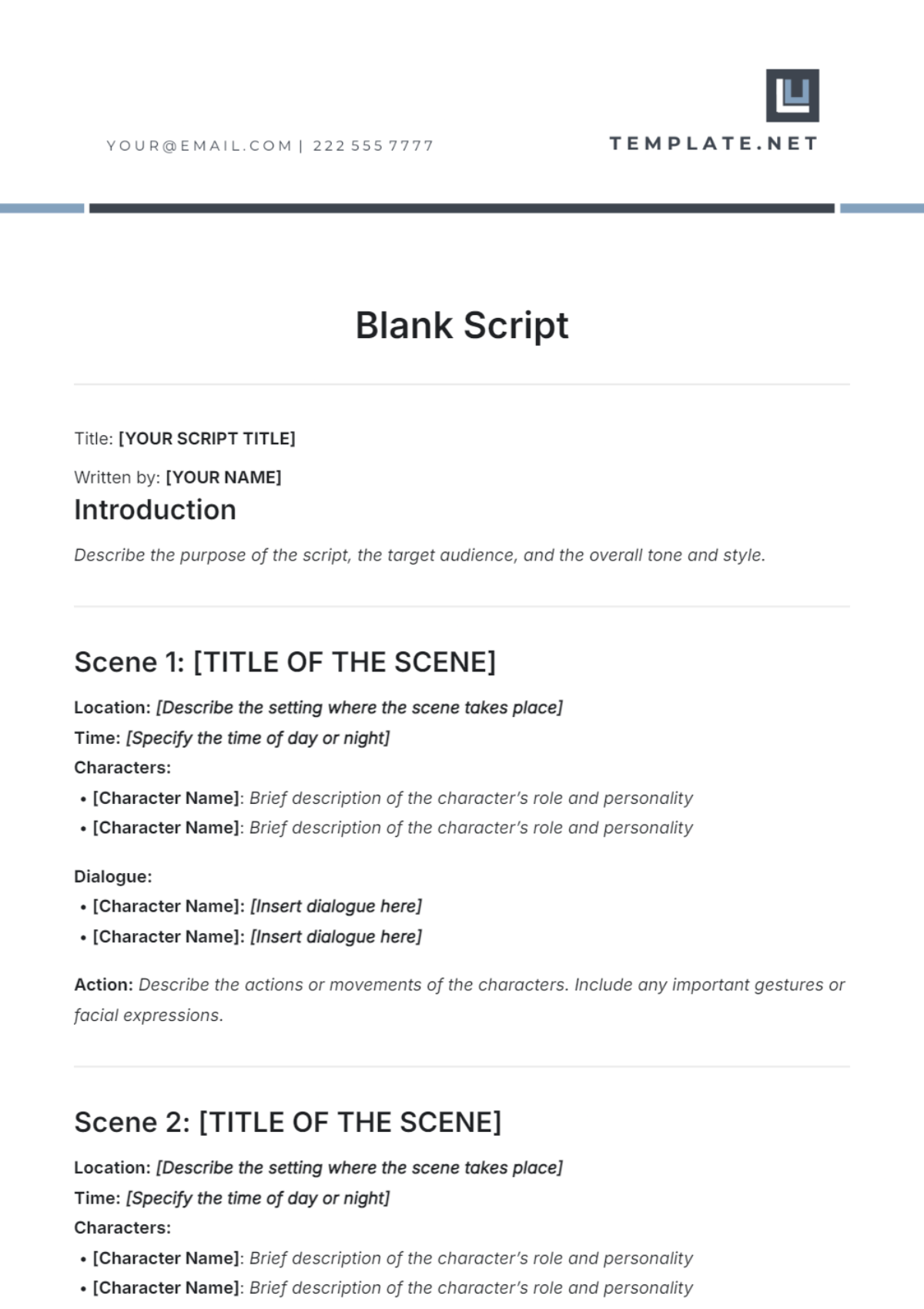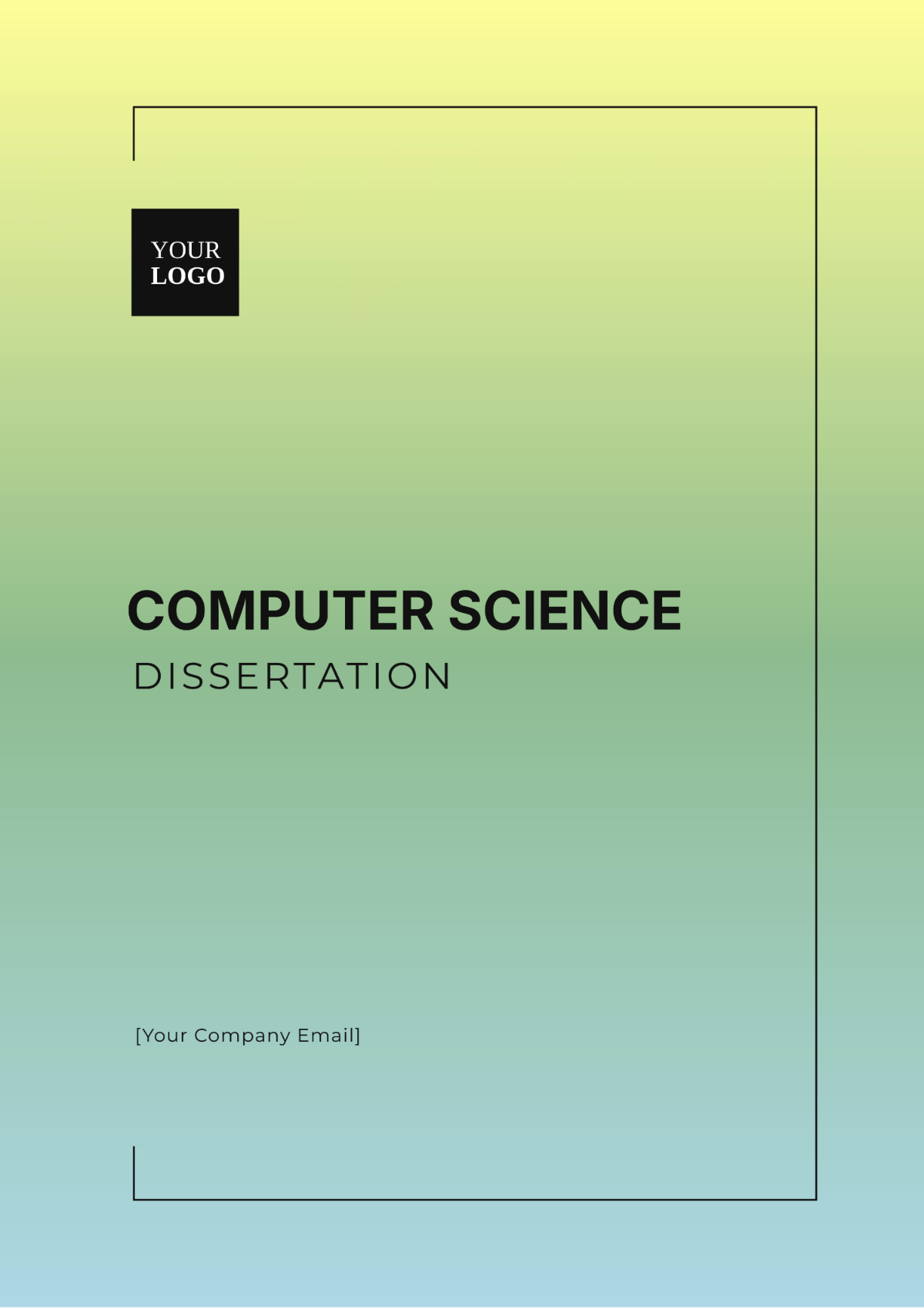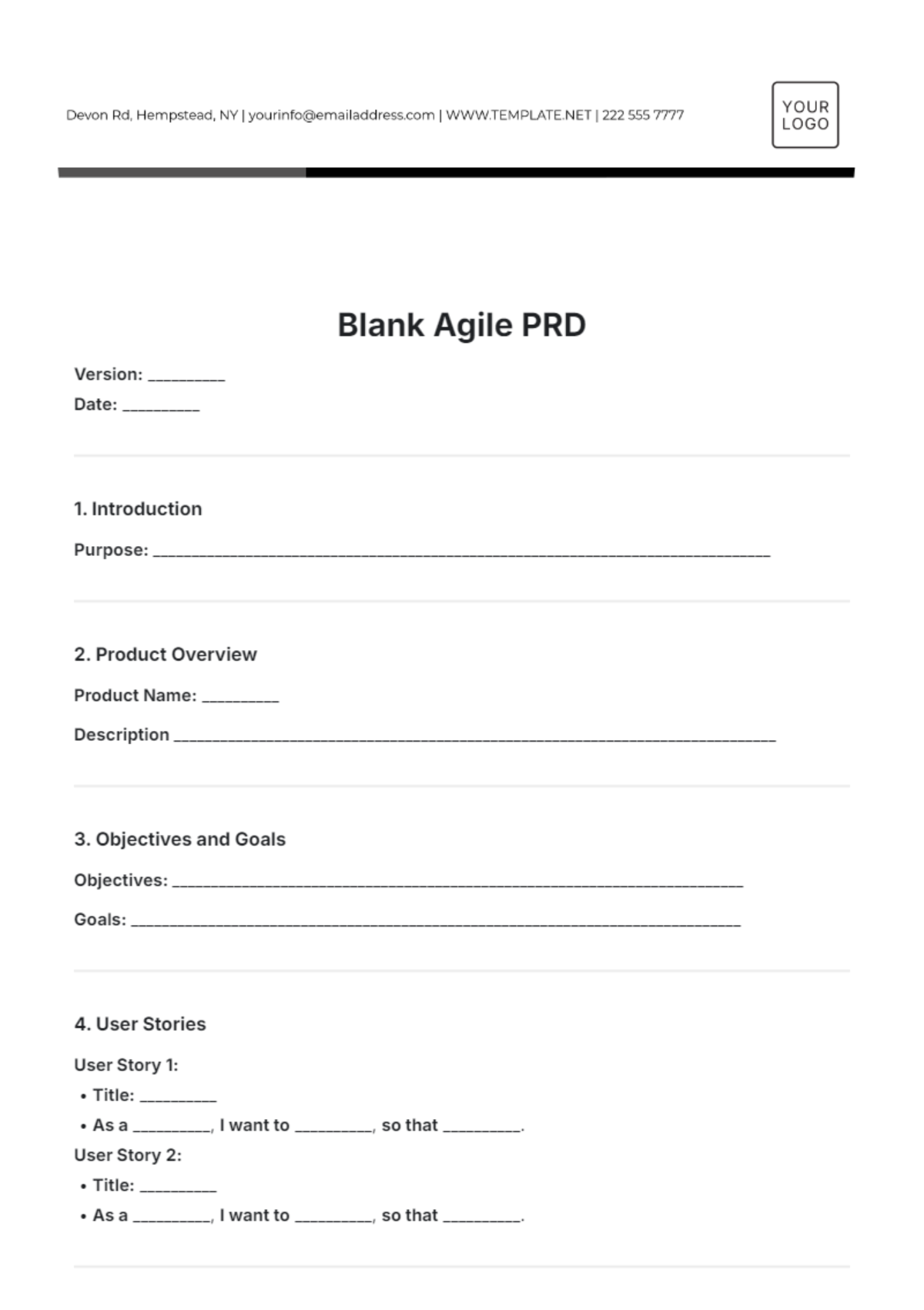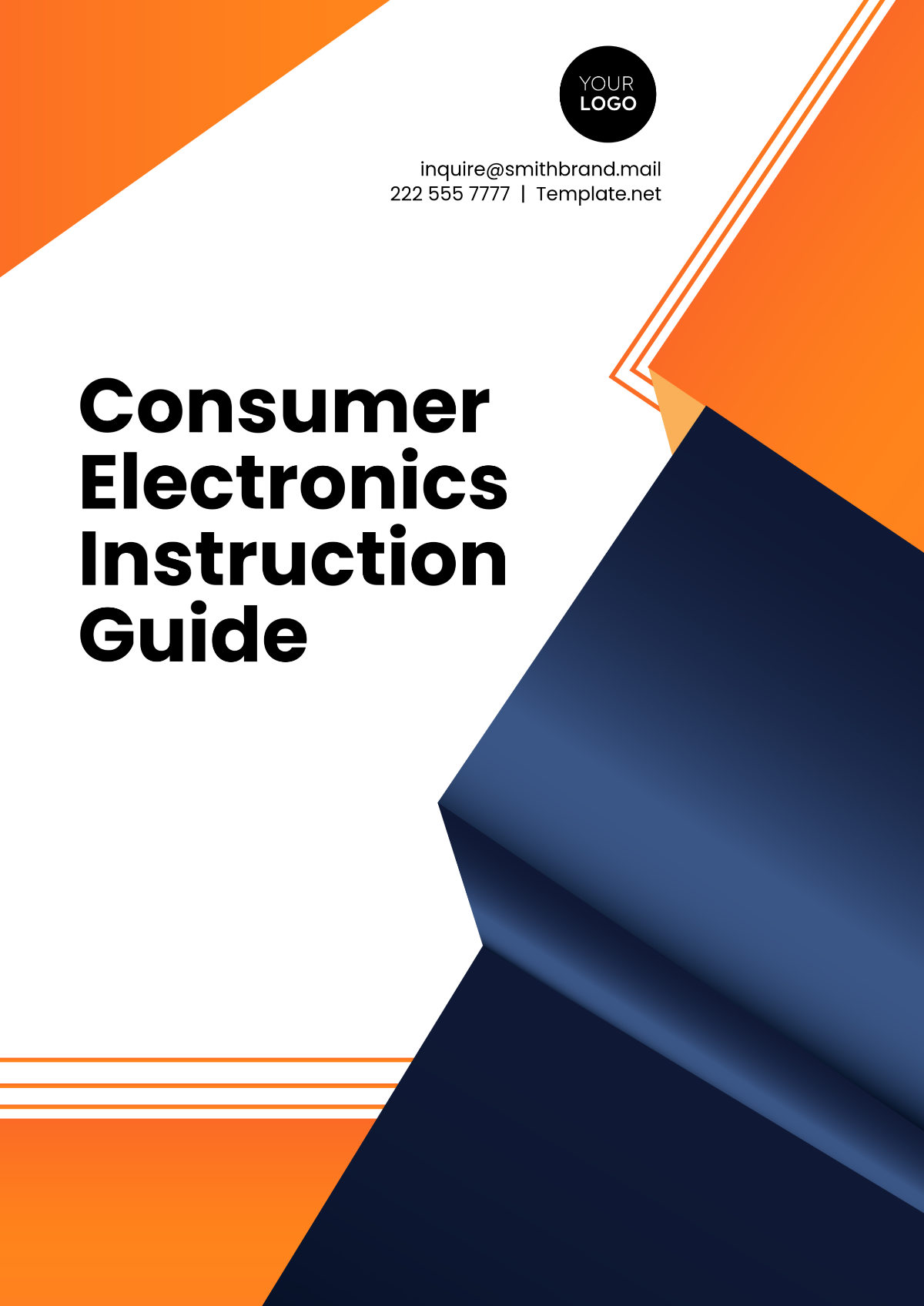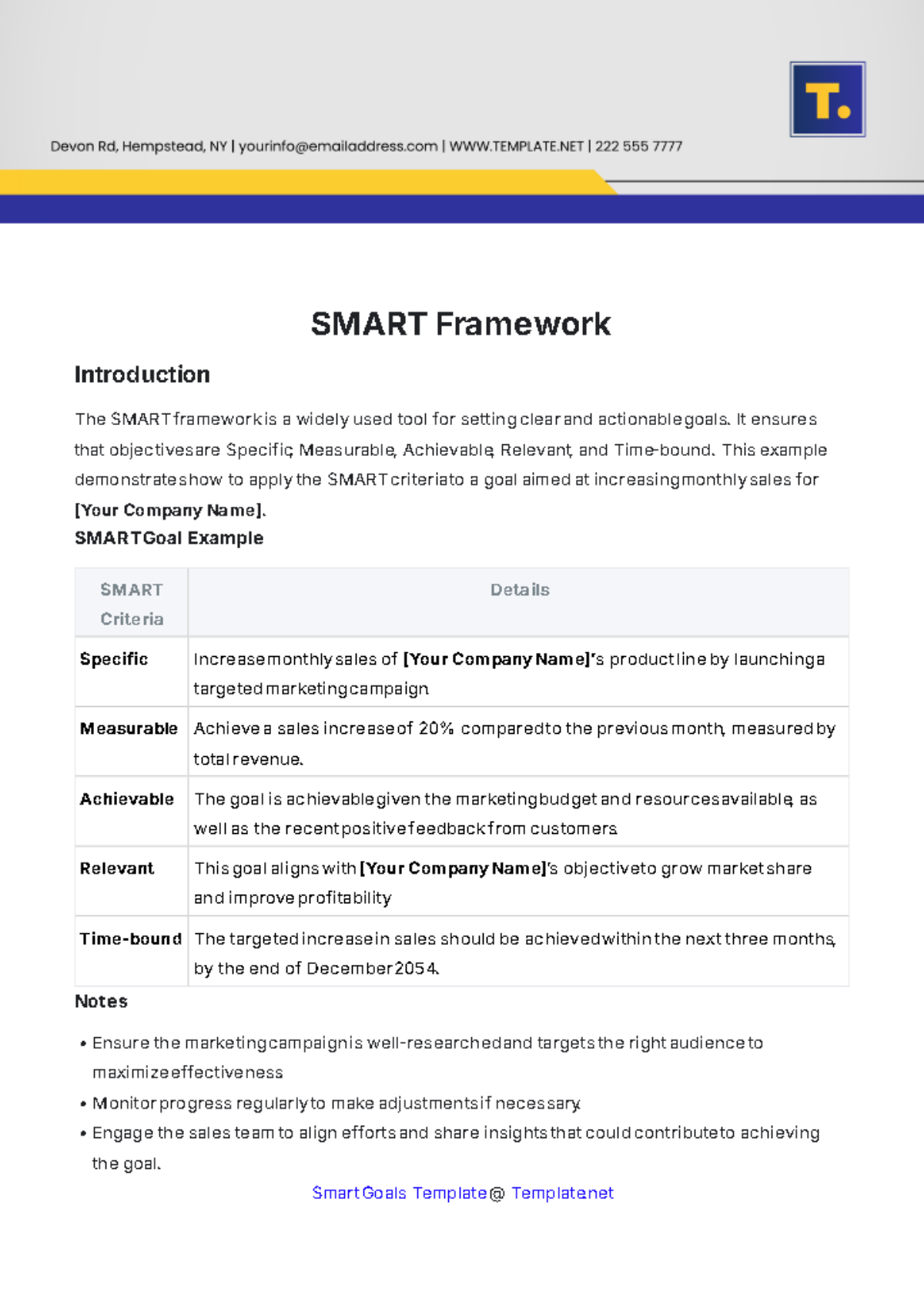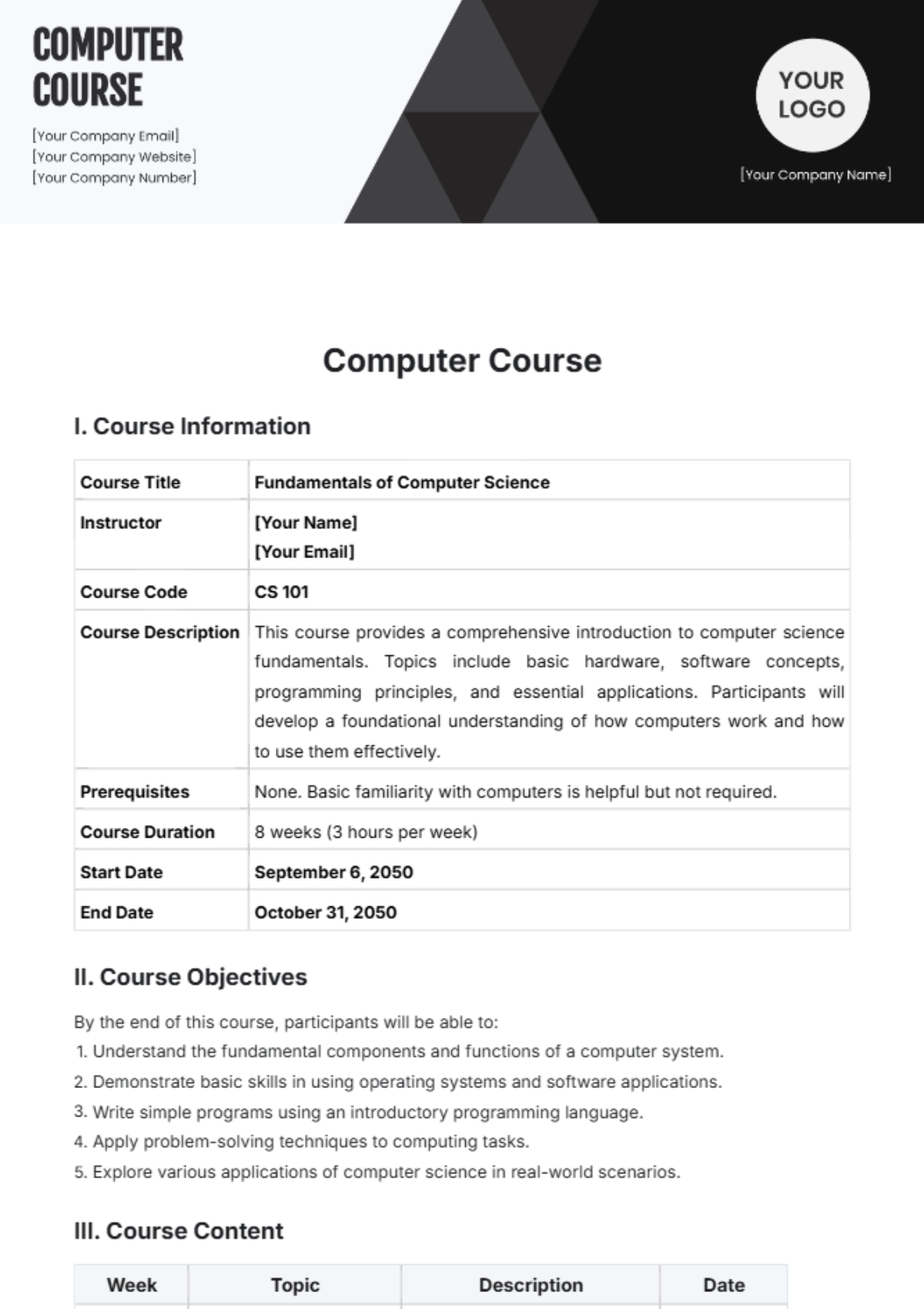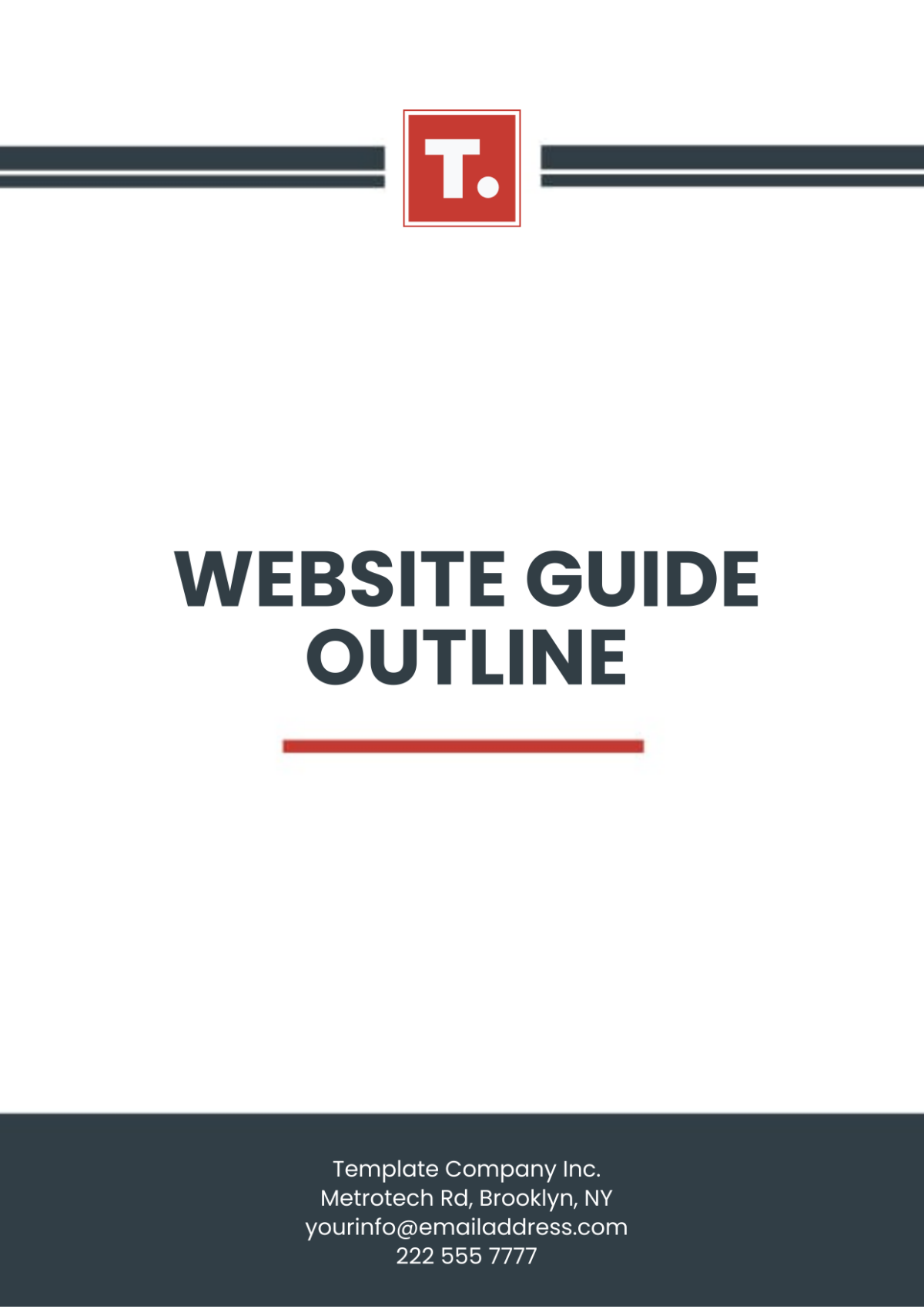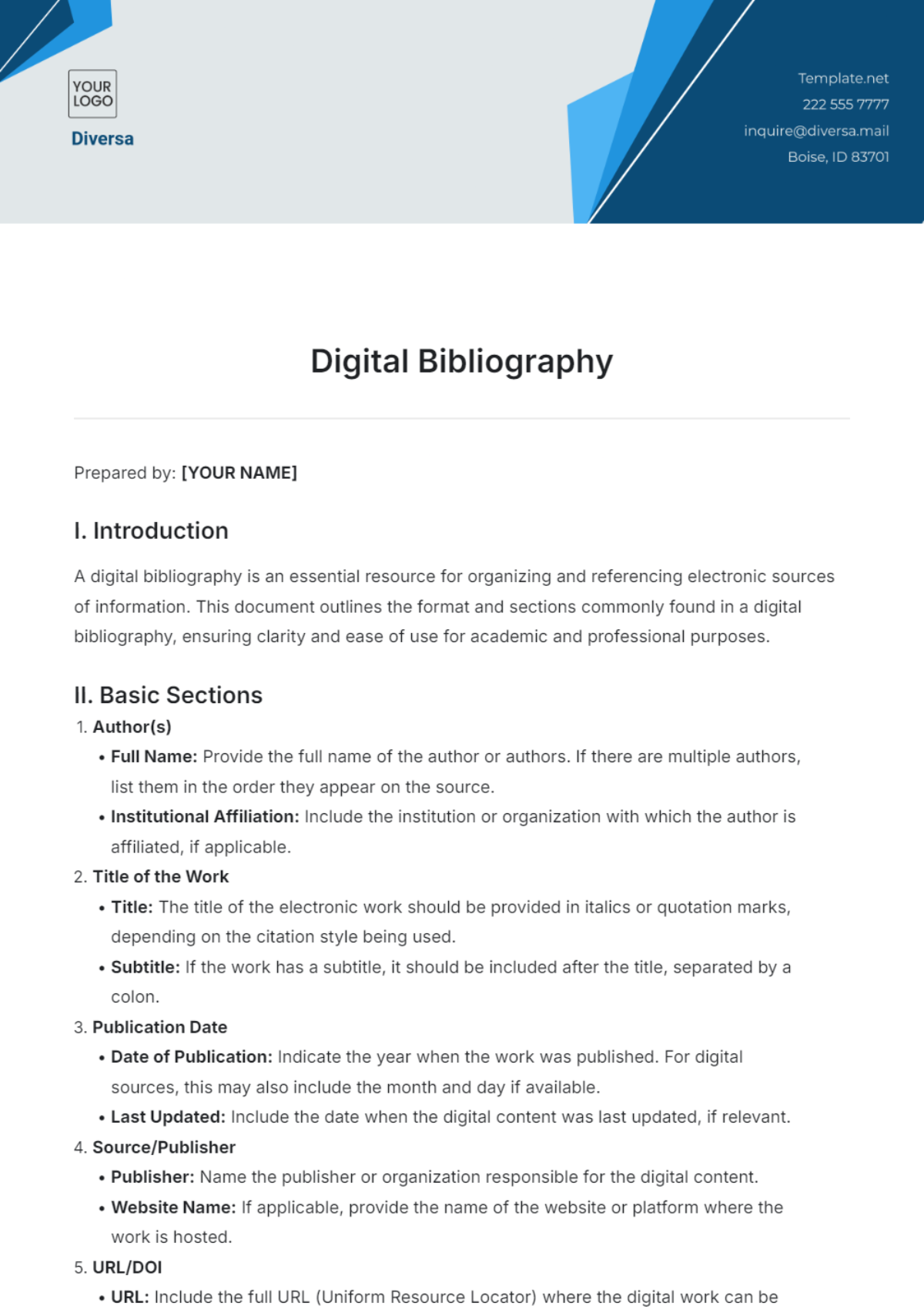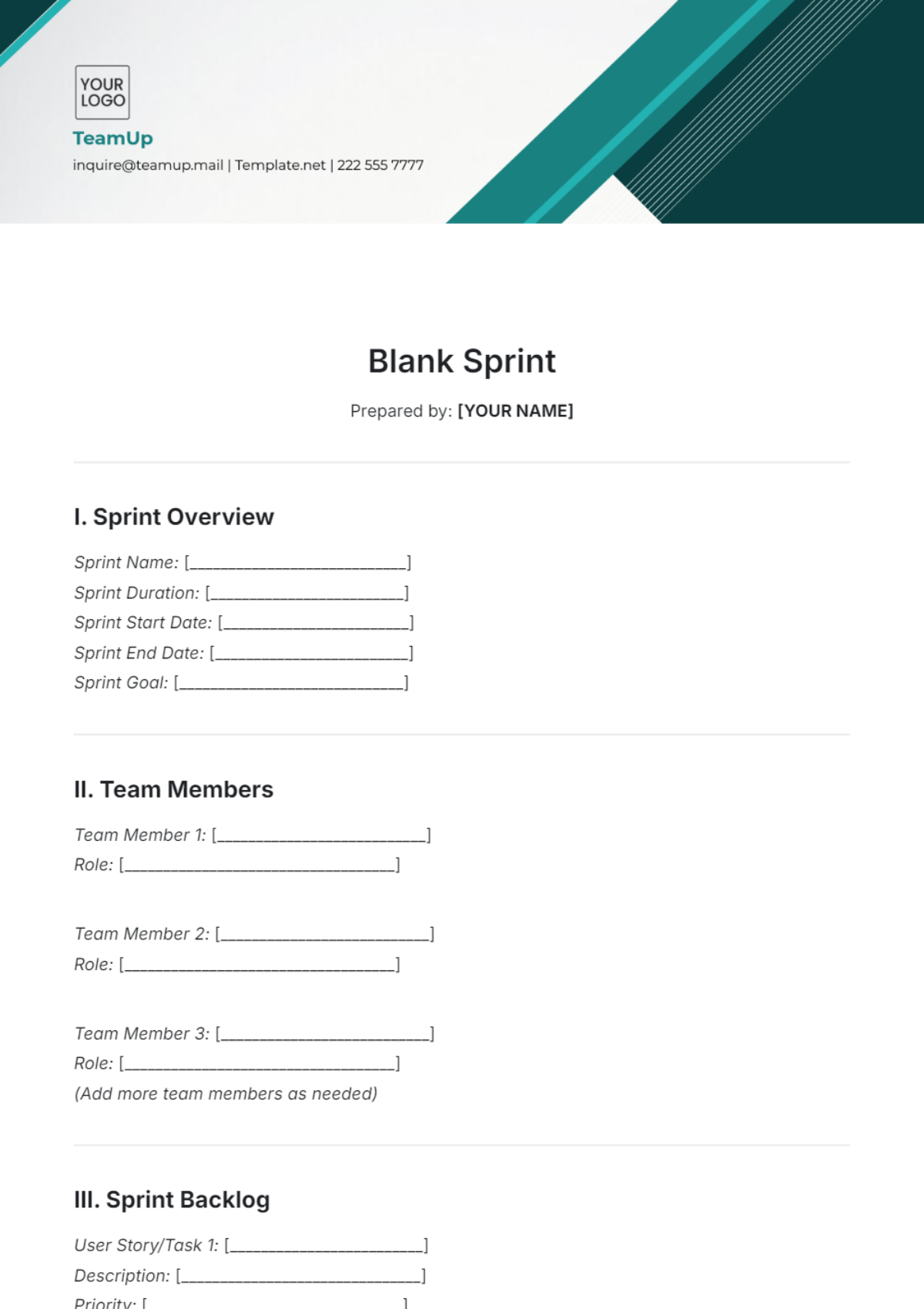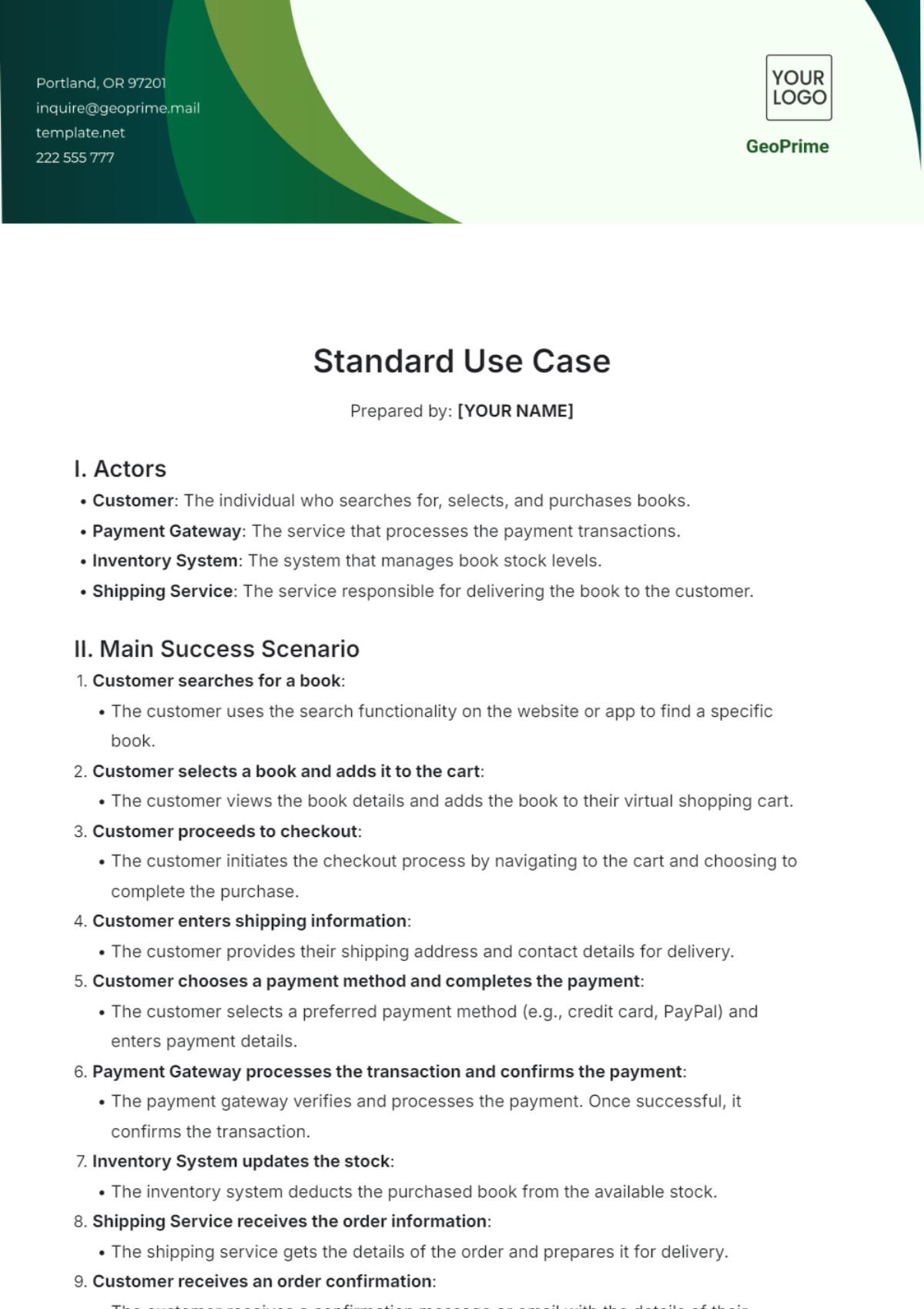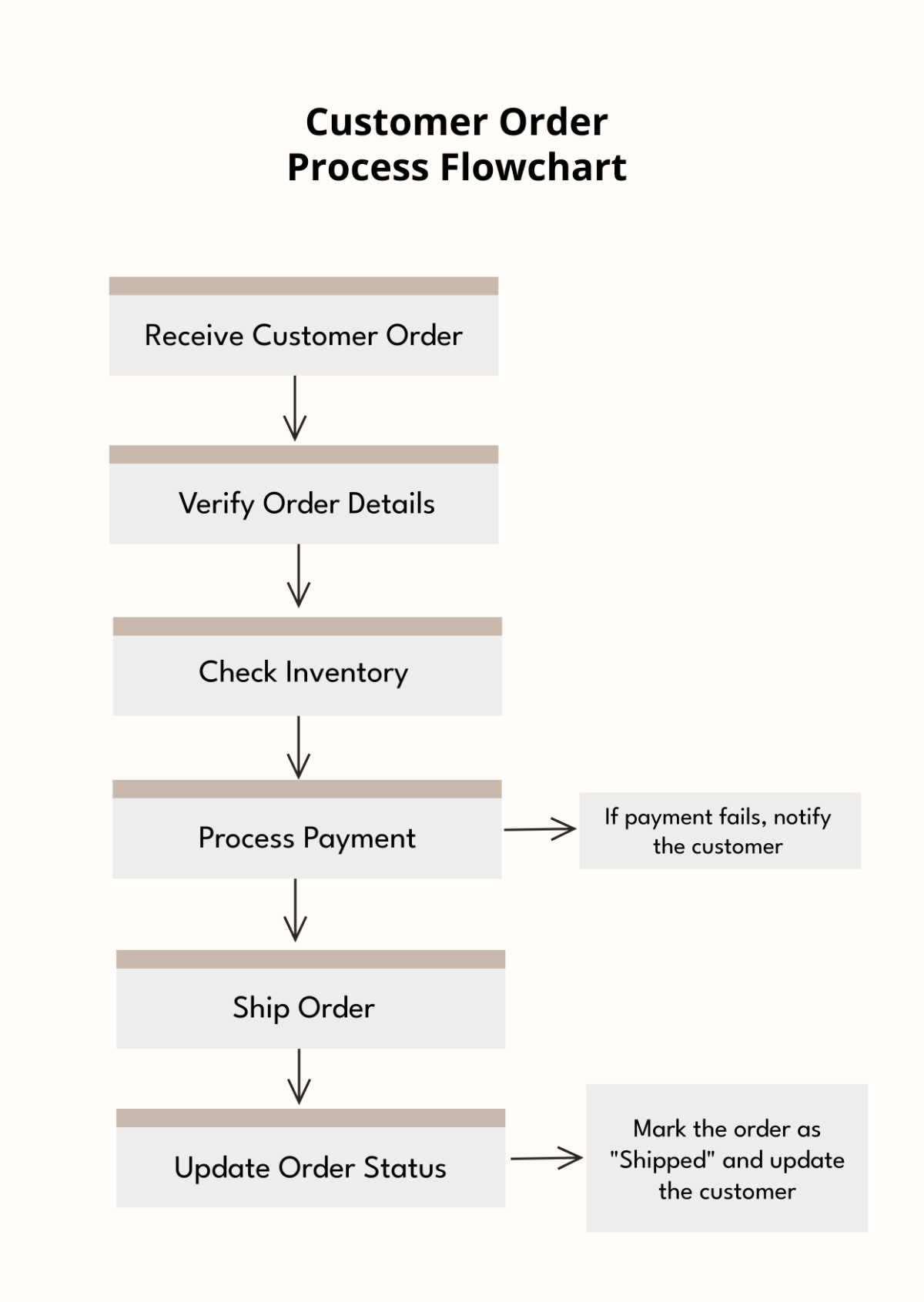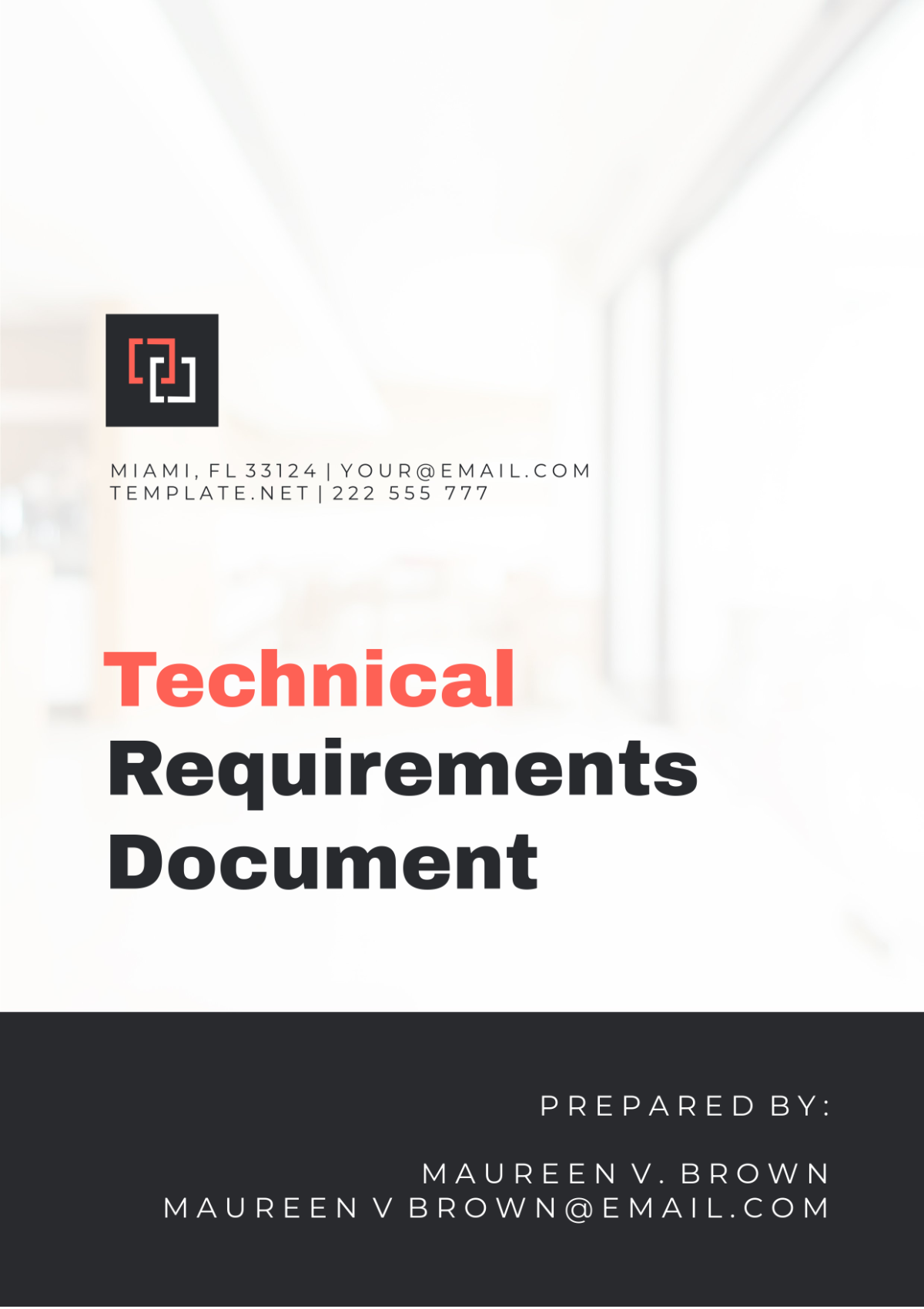Outline Article
"The Role of Outlines in Educational Settings: Structuring Student Writing for Success"
Written by: [Your Name]
I. Introduction
Outlines are a fundamental tool in educational settings, providing students with a structured approach to writing and argument development. By breaking down complex topics into manageable sections, outlines help students organize their thoughts, ensure coherence, and enhance the clarity of their arguments. This article explores how outlines are used in education, their benefits, and practical strategies for implementing them effectively.

II. The Importance of Outlines in Education
A. Enhancing Organization and Structure
Outlines provide a clear framework for students to organize their ideas systematically. This organization is crucial for:
Developing a logical flow: Outlines help students structure their writing so that each section transitions smoothly to the next.
Identifying key points: By outlining, students can focus on the main arguments and supporting details, avoiding unnecessary tangents.
Creating a cohesive argument: A well-structured outline ensures that each point supports the central thesis, resulting in a more persuasive and coherent essay.
B. Improving Writing Skills

The process of creating an outline helps students develop essential writing skills:
Critical thinking: Outlining encourages students to analyze and prioritize their ideas, leading to more thoughtful and well-supported arguments.
Clarity and precision: A detailed outline helps students articulate their ideas more clearly, reducing ambiguity and improving overall readability.
Revision and editing: Outlines provide a roadmap for revising and editing drafts, making it easier to spot gaps or inconsistencies in the argument.
III. Practical Strategies for Implementing Outlines in the Classroom

A. Types of Outlines
Different types of outlines can be used depending on the assignment or writing task:
Topic Outline: Focuses on broad topics and subtopics.
Sentence Outline: Uses complete sentences to describe each section's content.
Decimal Outline: Organizes information using a hierarchical numbering system.
B. Steps for Creating an Effective Outline
Brainstorming Ideas: Begin by listing all potential ideas and topics related to the assignment.
Organizing Main Points: Group related ideas into main sections and sub-sections.
Structuring the Outline: Arrange the main points in a logical order, ensuring each section supports the central thesis.
Reviewing and Refining: Revise the outline to ensure clarity, coherence, and completeness.
C. Tools and Resources
Outline Templates: Use templates to streamline the outlining process. Templates can be found in educational resources or created using word processing software.
Digital Tools: Tools like Microsoft Word, Google Docs, and Notion offer features for creating and managing outlines.
Educational Websites: Websites such as Khan Academy and Purdue OWL provide guides and examples for effective outlining.
IV. Benefits of Using Outlines in Educational Settings
A. Enhanced Academic Performance
Students who use outlines tend to perform better academically due to:
Improved essay structure: Well-organized essays are easier to follow and more persuasive.
Efficient time management: Outlines help students allocate time effectively, reducing procrastination and enhancing productivity.
B. Increased Confidence
Having a clear plan boosts students' confidence as they write, knowing they have a structured guide to follow. This leads to:
Reduced anxiety: A structured approach minimizes the stress of facing a blank page.
Greater focus: Students can concentrate on developing their ideas rather than worrying about organization.
V. Conclusion
Outlines are an invaluable tool in educational settings, facilitating the development of organized, coherent, and persuasive writing. By teaching students how to structure their work effectively, educators can enhance academic performance and build essential writing skills. Implementing effective outlining strategies and utilizing available tools can significantly improve students' writing abilities and overall confidence.
